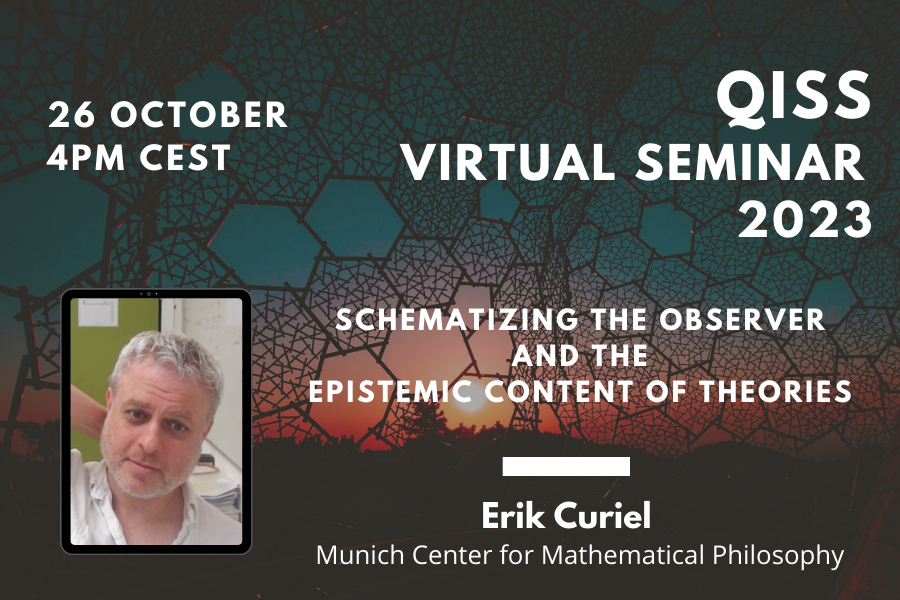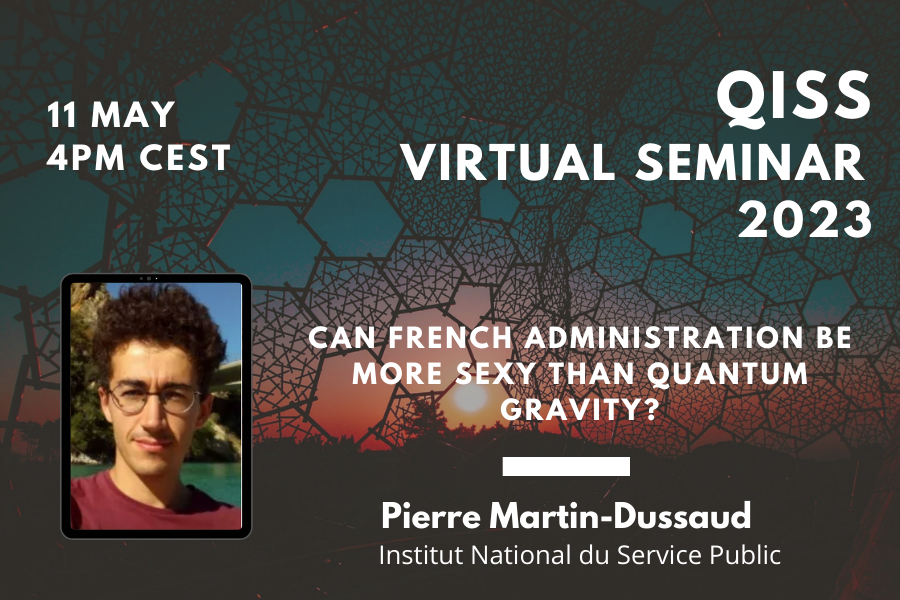A promising route to testing quantum gravity in the laboratory is to look for gravitationally-induced entanglement (GIE) between two or more quantum matter systems. Principally, proposals for such tests have used microsolid systems, with highly non-classical states, such as N00N states or highly-squeezed states. Here, we consider, for the first time, GIE between two cold atomic gasses as a test of quantum gravity. We propose placing two atom interferometers next to each other in parallel and looking for correlations in the number of atoms at the output ports as evidence of GIE and quantum gravity. There are no challenging macroscopic superposition states, such as N00N or Schr”odinger cat states, instead classical-like `coherent’ states of atoms. This requires the total mass of the atom interferometers to be on the Planck mass scale, and long integration times. With current state-of-the-art quantum squeezing in cold atoms, however, we argue that the mass scale can be reduced to approachable levels and outline how such a mass scale can be achieved in the near future.

